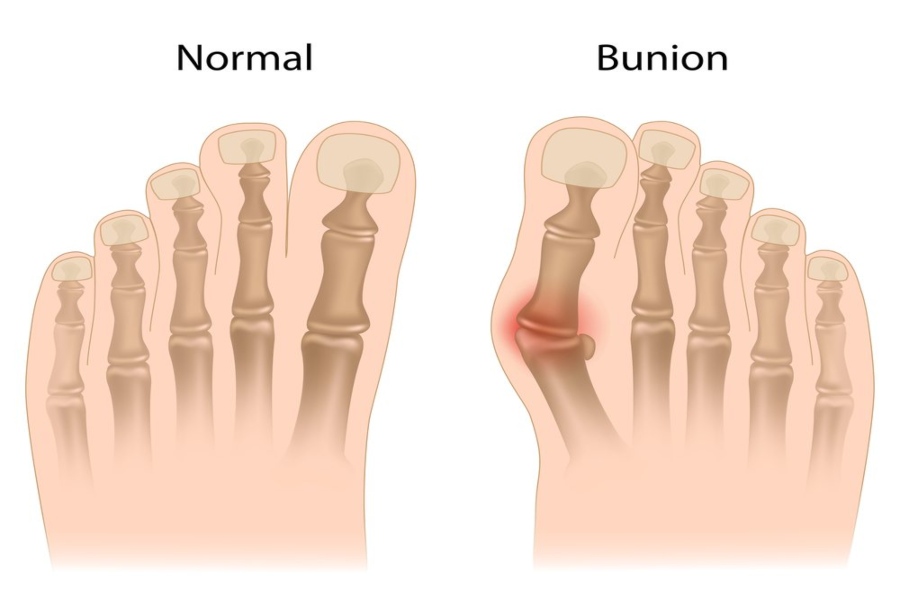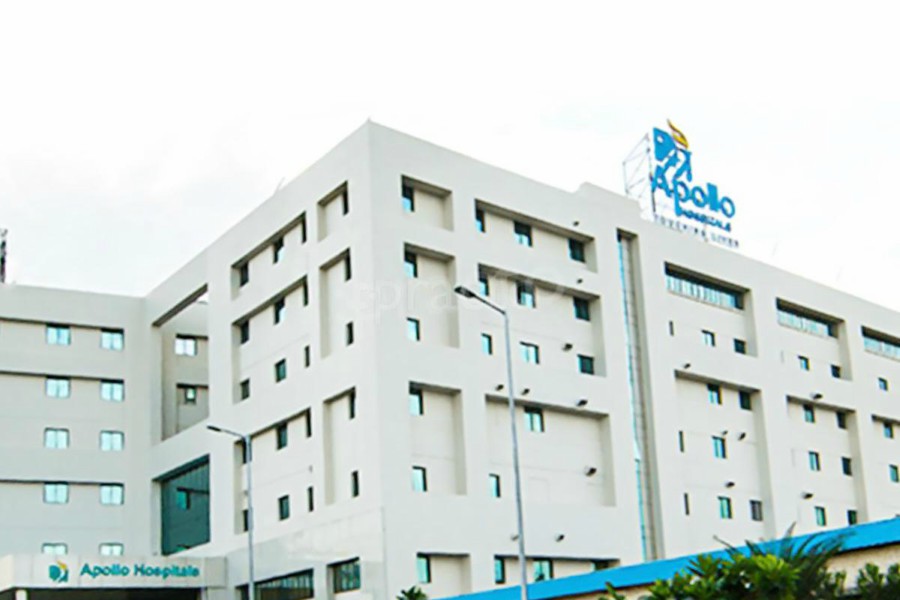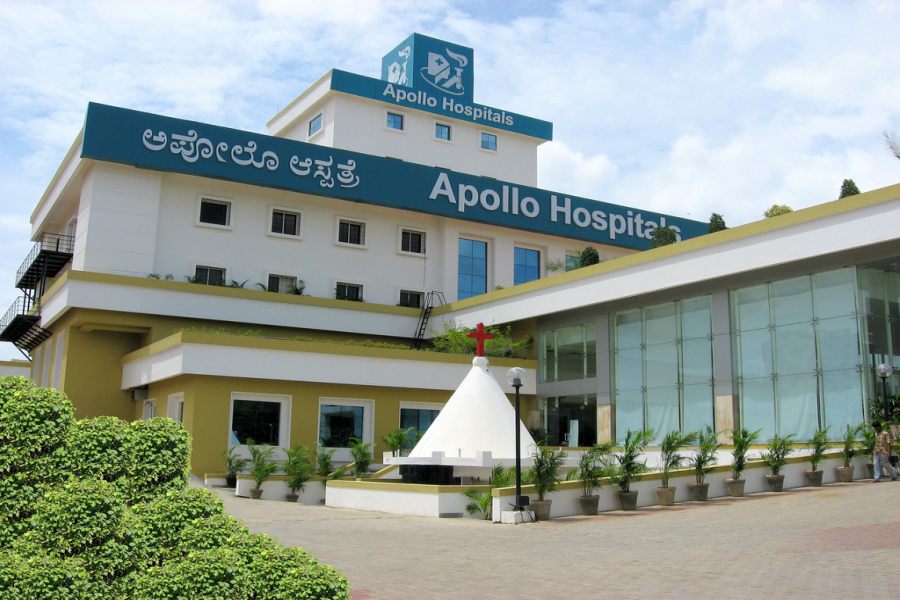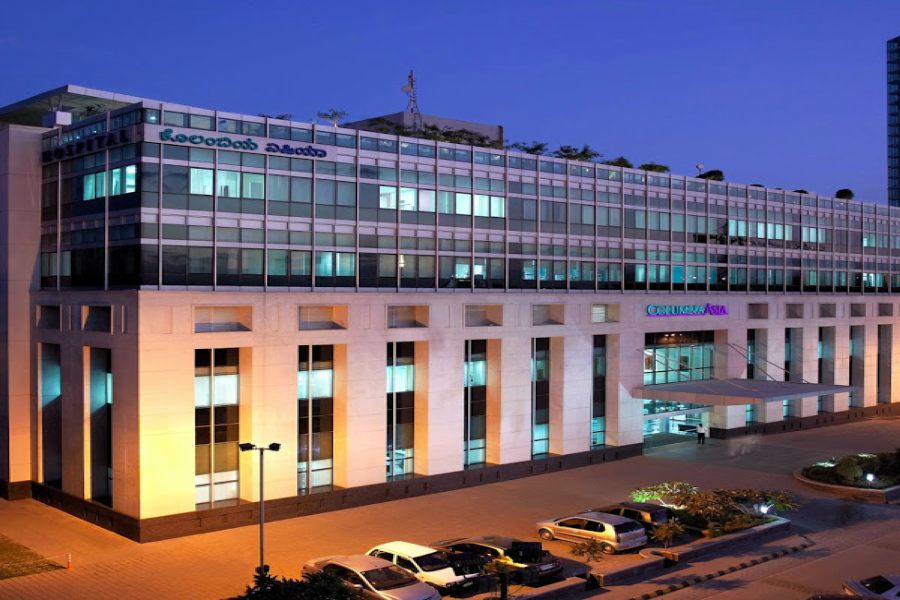
You may have seen a large bony bump on the big toe, called bunion. The bump may be red and tender most of the times. The distress caused by a bunion can be minimized by simply wearing padded and wider footwear, orthotics or splints. But, when if these measures do not relieve the symptoms, bunion surgery might be the best option.
Overview
Bunion surgery or bunionectomy is a surgical procedure to remove a bunion and realign the bone. A bunion usually does not cause any problem, but in a few cases, it causes severe pain and deformity, thereby interfering with the ability to walk. These deformities are usually caused by prolonged stress on the toe, due to wearing tight, confining or pointed footwear. It may also be due to arthritis or family inheritance.
The goal of surgery is to relieve pain, restore normal alignment of the toe, improve stability of the foot, and prevent the development of hammertoes, claw toes or osteoarthritis.
ELIGIBILITY
People with chronic big toe swelling or toe deformity are good candidates for bunion surgery. Bunion surgery might be the right option for you if you experience severe foot pain caused by bunion while walking or wearing flat and comfortable footwear.
PREPARATION BEFORE PROCEDURE
After collecting the detailed history of the patient symptoms, the doctor will perform a physical examination. In a physical examination, the doctor will examine the foot to determine the size and shape of the bunion. You will also be advised to undergo certain tests to assess the overall health of the patient for undergoing surgery.
Additionally, you also need to follow the below-given instructions to have an uneventful surgery:
- Inform the doctor about any allergies, infections or conditions before the surgery.
- Notify the doctor regarding the current medicines or herbal supplements.
- Stop taking aspirin or any blood-thinning agents a few days before the surgery.
- Ask your doctor if you need to follow any dietary restrictions
PROCEDURE TYPE
The following are the common types of bunion removal surgeries:
- Osteotomy: In this type, the surgeon will realign the damaged bone by making small incisions on the toe joint. The surgeon will now place tiny screws, pins, or plates between these cuts to hold the bone in a normal position.
- Exostectomy: This type of bunion removal surgery is performed with soft-tissue procedures. Exostectomy involves removal of the bony bump from the toe joint without performing any alignment.
- Arthrodesis: It is performed when previous surgery fails to eliminate pain and improve mobility. In this type, the surgeon removes the damaged surface of the joint and insert pins, plates, screws, or rods to hold the joint together until the bone heals.
ABOUT PROCEDURE
The doctor will administer local anaesthesia to numb the area below the ankle. Once the anaesthesia sets in, the surgeon will make an incision around the toe joint and repair the deformed joint. Depending on the symptoms, shape and size of the bunion, the doctor will perform any one type of bunion removal surgery mentioned above.
Once the joints are aligned, the surgeon will close the incision and cover the foot with a bandage.
POST-PROCEDURE CARE
You will be in the recovery room, where the surgical nurse will monitor your vitals, such as blood pressure and heart rate. Pain and swelling are common for a few weeks, which can be managed by taking the prescribed medicines. For the first three to six weeks, you will be advised to wear a surgical boot or cast to keep the foot in the right position while healing.
The doctor will recommend certain exercises or light physical activities to improve the strength and motion of the foot. Before discharge, the nurse will give you certain instructions regarding wound care.
RECOVERY TIPS
The recovery is usually long, and it will take at least 8 to 12 weeks for a bone to heal completely. During this period, you need to follow specific instructions:
- Take adequate rest
- Keep the foot elevated to reduce pain and swelling
- Apply ice pack
- Use a cane or walker while walking
- Keep the wound clean and dry
- Do not wear high heels
- Take the prescribed medicines regularly
- Follow-up your doctor regularly to assess the outcome
- Consult your doctor if any unusual symptoms are noticed
FACTORS AFFECTING COST
The cost of bunion surgery varies on several factors, such as:
- Location of hospital
- Type of hospital
- Pre-operative tests
- Type of anaesthesia
- Hospital stay (if recommended)
- Insurance coverage


 Best Hospitals
Best Hospitals













